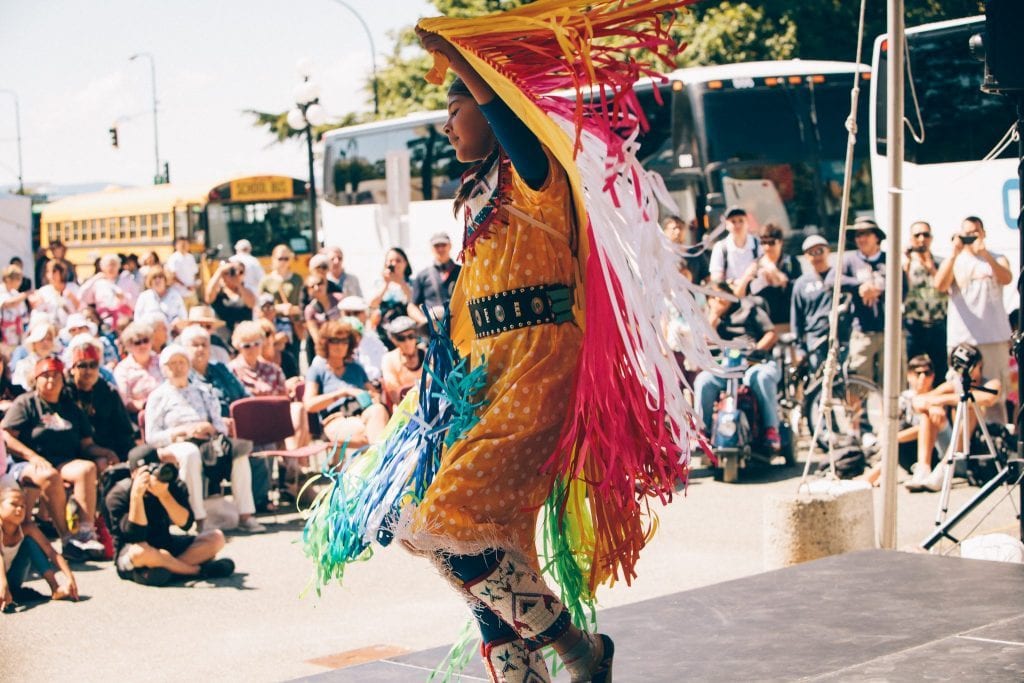Skift Take
Travelers want to experience the stories and traditions of indigenous communities, but these communities also need more economic support to become more involved in the travel industry.
Indigenous communities in the U.S. and Canada have long been marginalized and exploited in large part because their cultures and traditions were different and weren't accepted by colonial settlers. But in 2018, those differences and unique cultures are exactly what's fueling the growth of indigenous tourism around the world for travelers looking to make deeper connections with the places they visit.
The reconciliation process between tribal communities and the Canadian government, for example, is still ongoing, and there is plenty of untapped potential for indigenous tourism offerings. Indigenous communities include Native Americans in the U.S. and First Nation in Canada.
A number of factors, including a long history of discrimination, has hurt these communities economically over the years, but some of that is changing, said Candace Campo, owner of Vancouver-based Talaysay Tours, an indigenous tour company. "Some of our communities are thriving and others are struggling," she said. "Alcohol and the opioid epidemic are hitting the communities."
For tribes and indigenous tourism businesses, it's all about reconciliation, said Paula Amos, director of partnerships and corporate initiatives at Indigenous Tourism BC, a membership-based organization that markets indigenous tourism experiences in British Columbia.
"There were 94 reconciliation recommenda


